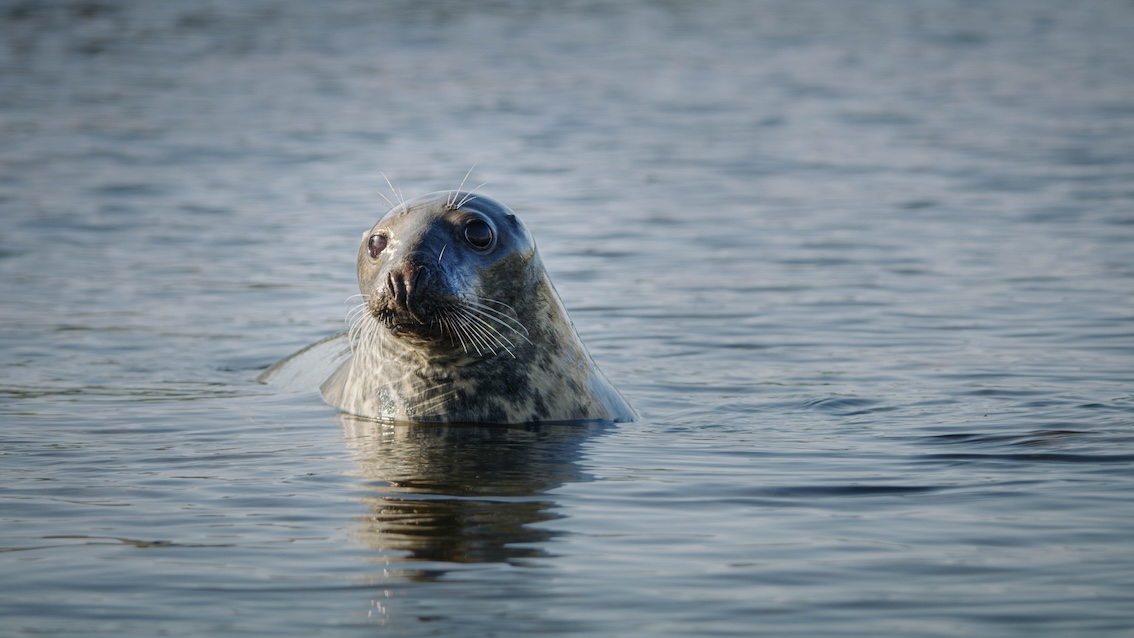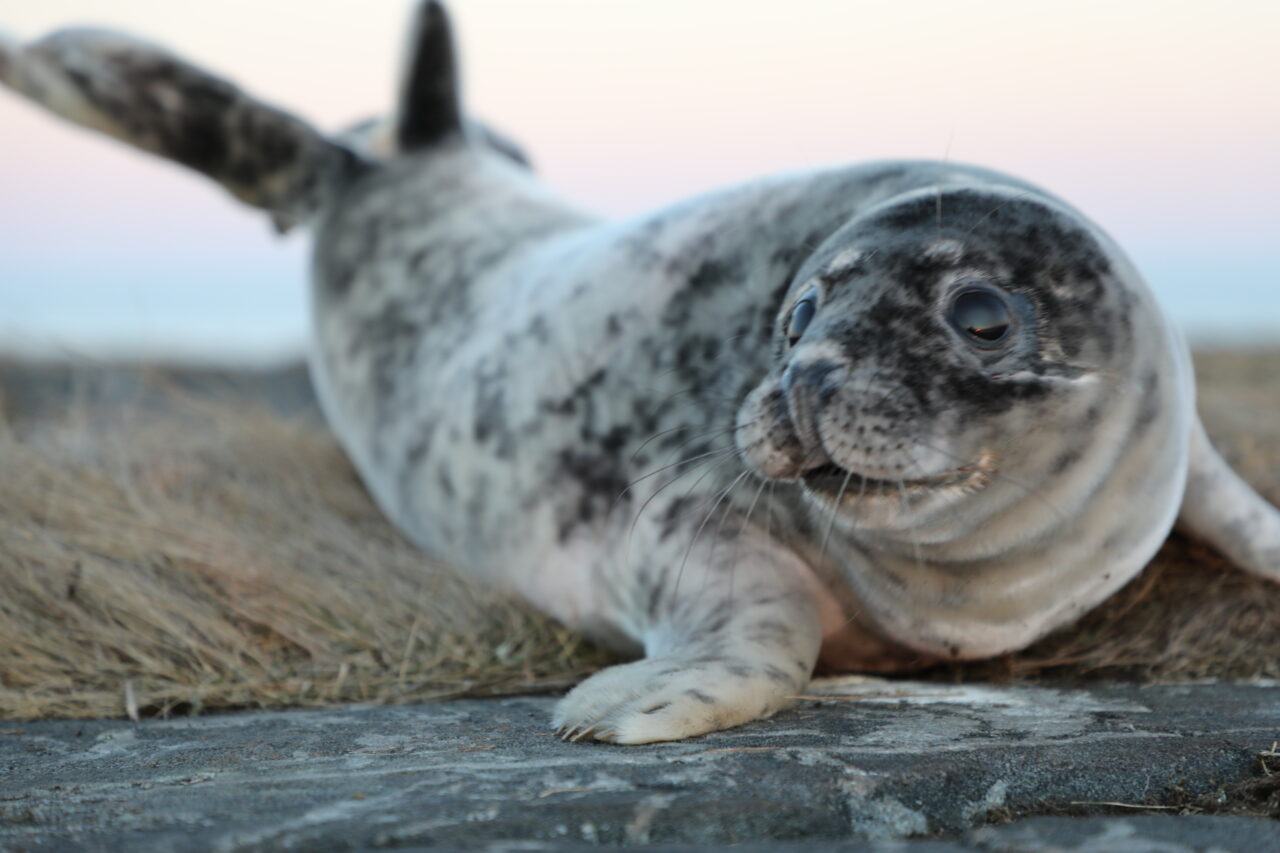The harbor seal population is declining – due to fish scarcity
Researchers have now established that the harbor seals in the Kosterhavet area are becoming increasingly scarce. Last year, only half of the females gave birth to pups. This is according to research from the University of Gothenburg, following this year’s seal count.
– We were very surprised. These low numbers cannot be dismissed year after year, says Karin Hårding, professor of zoological ecology at the University of Gothenburg and the leader of the project.

It is the third consecutive year that the number of newborn harbor seals in the Kosterhavet has decreased. Researchers have determined that this is due to females only giving birth to 250 out of the expected 500 pups. Normally, each female gives birth to a pup around midsummer, but they can skip a year if they are subjected to stress such as diseases or lack of food. Baltic seals have previously been severely affected by environmental pollutants that rendered them sterile, but have managed to recover. Now, the lack of food is pointed out as a reason for the low reproduction instead. The trend is similar throughout Skagerrak and Kattegatt, as indicated by airplane surveys done by the Swedish Museum of Natural History.

– Many fish species are overfished, and there are no strong herring stocks with large fish anymore. They were an important staple food for harbor seals, says Karin Hårding.
Historically, harbor seals have been extensively hunted. In the late 1800s, bounties were issued, leading to a significant decrease in harbor seal populations. Harbor seals have been protected for 50 years, but two years ago, the Swedish Environmental Protection Agency approved licensed hunting following demands from the fishing industry.
Harbor seals in Swedish waters feed on about 30 different fish species, including sprat, blue whiting, and sandeel, and can dive to depths of a couple of hundred meters. But today, there is no evidence that harbor seals threaten commercially valuable fish stocks such as herring and cod. Commercial fishermen primarily target large fish, while seals feed on small to medium-sized fish ranging from 7 to 30 centimeters, as described by five experts in seal and fish ecology in Dagens Nyheter.
– It is important for marine ecosystems to have large predators such as large cod over 40 centimeters and seals, as it contributes to a better balance in the ecosystem, says Karin Hårding.

The large industrial trawlers have caught such large catches that there is a lack of truly large fish in the sea, creating a phenomenon called trophic cascade, a kind of domino effect.
– The many small fish compete and become lean; they eat too many small crustaceans. And when the small crustaceans decrease, they consume less of the fine filamentous algae and planktonic algae, leading to more algal blooms, as shown by many researchers, says Karin Hårding.

According to the EU’s Habitats Directive, Sweden has committed to managing seals in a way that does not allow the seal population to collapse. This means that seals should only be hunted when they have a positive growth rate. Hunting declining populations can lead to a rapid loss. To reverse the trend so that more pups are born, harbor seals need more and better food.
– The future of seals, just like small-scale fishing, is entirely dependent on whether trawling quotas for the large boats are reduced so that the fish can recover and grow large again. The oceans have tremendous capacity to recover if we just stop overexploitation, says Karin Hårding.




